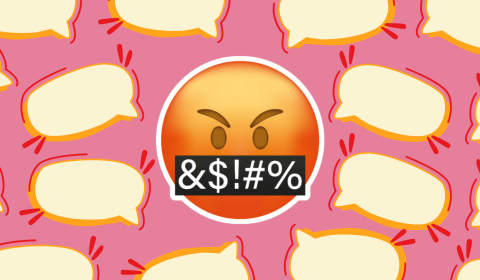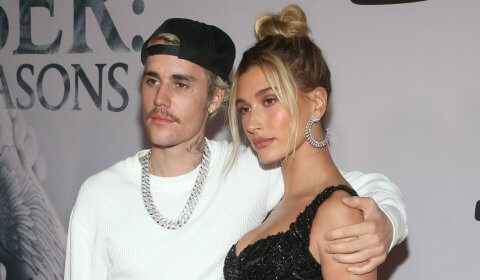YouTube is the latest platform to make bold claims about restricting young people’s access to content that promotes harmful beauty standards. In light of other online spaces’ failure to address the increasingly concerning impacts of diet culture, however, will this actually have any effect?
On September 5th, YouTube announced it would stop recommending videos idealising specific fitness levels, body weights, or physical features to young people, following warnings of the harm that repeated exposure to this can cause.
The platform will still let 13 to 17-year-olds view this kind of content, its algorithms just won’t push impressionable users down related ‘what you should watch next’ rabbit holes afterwards.
‘A higher frequency of content that idealises unhealthy standards or behaviours can emphasise potentially problematic messages – and those messages can impact how some teens see themselves,’ said Allison Briscoe-Smith, a clinician and YouTube adviser.
‘Guardrails can help teens maintain healthy patterns as they naturally compare themselves to others and size up how they want to show up in the world.’
As promising as Briscoe-Smith makes it sound, however, this is by no means the first time that a major social media company has unveiled new efforts to ‘protect’ young users’ body image from damaging messaging.
In 2021, Pinterest banned all weight-loss ads. In 2022, Instagram did the same, but with a twist – it placed the onus on us to control our consumption of these sinister marketing tactics.
Later that year, TikTok jumped on the bandwagon and revealed it would be clamping down on the promotion of disordered eating.
It’s 2024 now, and can we hand-on-heart say that this has done anything to address diet culture and the havoc it’s consistently wreaking on not only young people, but on people of all ages; myself included?


















